Financial Risk Prediction Model Based on Categorical Regression Tree Algorithm from the Perspective of Education Management
DOI: 10.23977/accaf.2024.050305 | Downloads: 35 | Views: 1072
Author(s)
Fengyiyi Chen 1
Affiliation(s)
1 Department of Accounting, Xijing University, Xi'an, Shaanxi Province, China
Corresponding Author
Fengyiyi ChenABSTRACT
The beginning of the modern era started with the reform and opening up, because the reform and opening up at the level brought people real changes in life. Another purpose of reform and opening up is to gradually release the economic strength contained in the country, so that a relatively rich environment for economic development has now been formed. The overall environment that is friendly to economic development is conducive to the development of the overall economy, which will make the development of the entire industry continue to move forward. However, as economic development is undergoing financial transformation in terms of content, this has caused many companies to have a series of problems. For most companies, the first problem is that it is difficult to raise funds from assets, and the overall market competition is gradually increasing, and even the phenomenon of corporate bankruptcy will eventually appear. The key reason for these is the financial risk that occurs when the enterprise itself is operating and managing. The emergence of financial risks does not appear at the same time, and most of them are caused by the accumulation of time. Therefore, this paper proposes a method for early warning of corporate finance - classification and regression tree algorithm, so as to minimize the financial risk of the company itself. In order to achieve this purpose, this paper will study the content of the prediction model through the construction of the content of the financial risk prediction model and the application of the classification and regression tree algorithm in the financial risk prediction. Correspondingly, the financial risk prediction experiment based on the classification and regression tree algorithm was carried out, and finally the authenticity of the corporate financial information was increased year by year, reaching 90.11% in 2019, but the distorted information also reached 89.11%. From the above results, it can be seen that the algorithm based on classification and regression tree can well predict financial risk.
KEYWORDS
Financial Risk, Classification Regression Tree Algorithm, Prediction Model, Education Management PerspectiveCITE THIS PAPER
Fengyiyi Chen, Financial Risk Prediction Model Based on Categorical Regression Tree Algorithm from the Perspective of Education Management. Accounting, Auditing and Finance (2024) Vol. 5: 28-37. DOI: http://dx.doi.org/10.23977/accaf.2024.050305.
REFERENCES
[1] Bo Li a, Antonio Arreola-Risa b. Financial risk, inventory decision and process improvement for a firm with random capacity[J]. European Journal of Operational Research, 2017, 260(1):183-194.
[2] KA Peck, B Usadi, AJ Mainor, ES Fisher, CH Colla. ACO Contracts With Downside Financial Risk Growing, But Still In The Minority[J]. Health Affairs, 2019, 38(7):1201-1206.
[3] Russell, Gerrard, Munir, Hiabu, Ioannis, Kyriakou. Communication and personal selection of pension saver's financial risk – Science Direct[J]. European Journal of Operational Research, 2019, 274(3):1102-1111.
[4] RE Shaw. Subcontract Bonds: Reducing Subcontractor Financial Risk[J]. Engineering news-record, 2018, 281(12):48-49.
[5] Yan, Hou, Ziyan, Yuan. Financial Risk Analysis and Early Warning Research Based on Data Mining Technology [J]. Journal of Physics: Conference Series, 2019, 1187(5):52106-52108.
[6] Gaby, Tremblay, Pierre-Hugues, Carmichael, Jea, Maziade. Detection of Residents With Progress Issues Using a Keyword-Specific Algorithm.[J]. Journal of graduate medical education, 2019, 11(6):656-662.
[7] A KAD, B BP, C BUS C, C SM. Decision tree for modeling survival data with competing risks – Science Direct[J]. Biocybernetics and Biomedical Engineering, 2019, 39( 3):697-708.
[8] MUDC Caldas, CS Pitombo, L Assirati. Strategy to reduce the number of parameters to be estimated in discrete choice models: An approach to large choice sets[J]. Travel Behaviour and Society, 2021, 25(8):1-17.
[9] Z Li, K Goebel, D Wu. Degradation Modeling and Remaining Useful Life Prediction of Aircraft Engines Using Ensemble Learning[J]. Journal of Engineering for Gas Turbines and Power, 2019, 141(4):041008.1-041008.10.
[10] Q Zhou, F Feng, Z Shen, R Zhou, MY Hsieh, KC Li. A novel approach for mobile malware classification and detection in Android systems[J]. Multimedia Tools and Applications, 2019, 78(3):3529-3552.
[11] DMLD Silva, FHS Galvao. Brand priming effect on consumers' financial risk taking behavior[J]. Revista De Administrao, 2017, 52(1):15-25.
[12] Liu H. Financial Risk Intelligent Early Warning System of a Municipal Company Based on Genetic Tabu Algorithm and Big Data Analysis[J]. International Journal of Information Technologies and Systems Approach, 2022, 15(3), 1-14.
[13] A Painsky, S Rosset. Cross-Validated Variable Selection in Tree-Based Methods Improves Predictive Performance [J]. IEEE Transactions on Pattern Analysis & Machine Intelligence, 2017, 39(11):2142-2153.
[14] D Panaretos, E Koloverou, AC Dimopoulos, Georgia-Maria Kouli, DB Panagiotakos. A comparison of statistical and machine-learning techniques in evaluating the association between dietary patterns and 10-year cardiometabolic risk (2002–2012): the ATTICA study[J]. British Journal of Nutrition, 2018, 120(3):1-9.
[15] KD Humbird, JL Peterson, RG Mcclarren. Deep Neural Network Initialization With Decision Trees[J]. Neural Networks and Learning Systems, IEEE Transactions on, 2019, 30(5):1286-1295.
[16] W Hirst, JK Yamashiro, A Coman. Collective Memory from an Education Management Perspective: (Trends in Cognitive Sciences 22, 438–451, 2018)[J]. Trends in Cognitive Sciences, 2018, 22(5):438-451.
[17] MT Miliora, RB Ulman. Panic Disorder: A Bioself-Education Management Perspective[J]. Journal of the American Academy of Psychoanalysis, 2017, 24(2):217-256.
[18] E Rabenu, A Tziner. Back to routine after the coronavirus pandemic lockdown: A proposal from an Education Management perspective [J]. Industrial and Organizational Psychology, 2021, 14(1-2):178-183.
| Downloads: | 12380 |
|---|---|
| Visits: | 203082 |
Sponsors, Associates, and Links
-
Information Systems and Economics
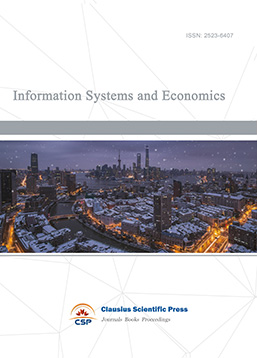
-
Industrial Engineering and Innovation Management
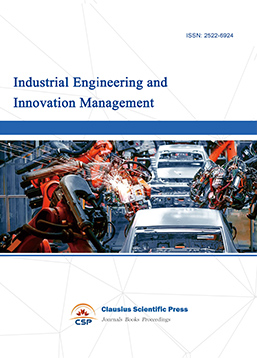
-
Tourism Management and Technology Economy
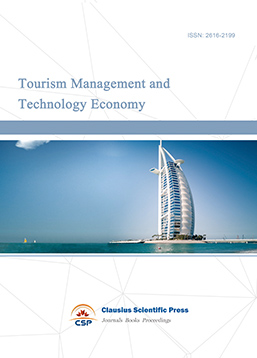
-
Journal of Computational and Financial Econometrics
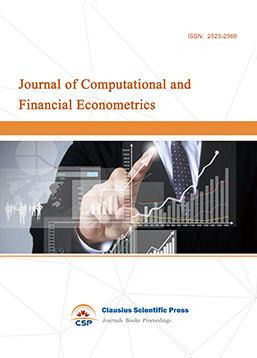
-
Financial Engineering and Risk Management
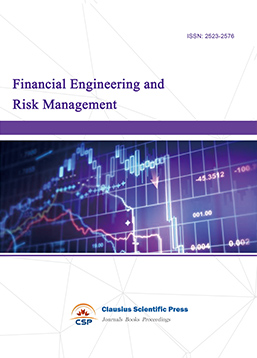
-
Accounting and Corporate Management
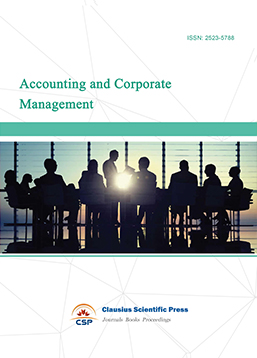
-
Social Security and Administration Management
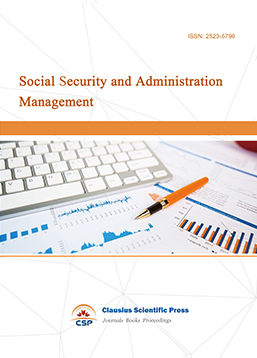
-
Population, Resources & Environmental Economics
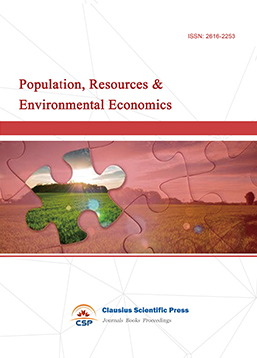
-
Statistics & Quantitative Economics
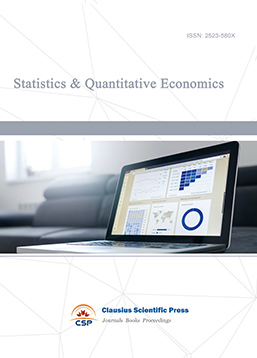
-
Agricultural & Forestry Economics and Management

-
Social Medicine and Health Management
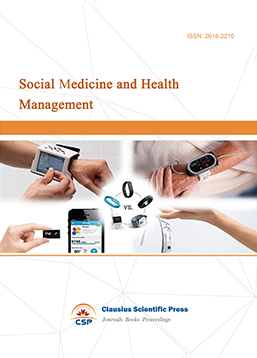
-
Land Resource Management
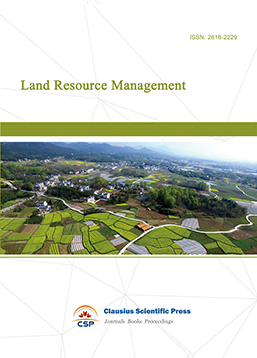
-
Information, Library and Archival Science

-
Journal of Human Resource Development
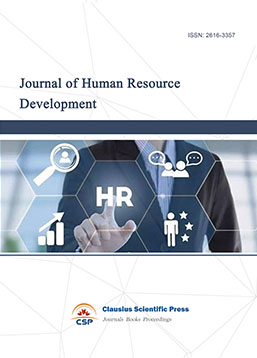
-
Manufacturing and Service Operations Management
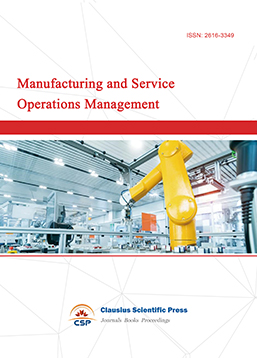
-
Operational Research and Cybernetics
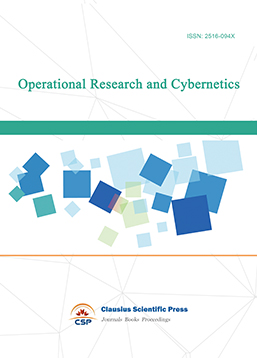

 Download as PDF
Download as PDF